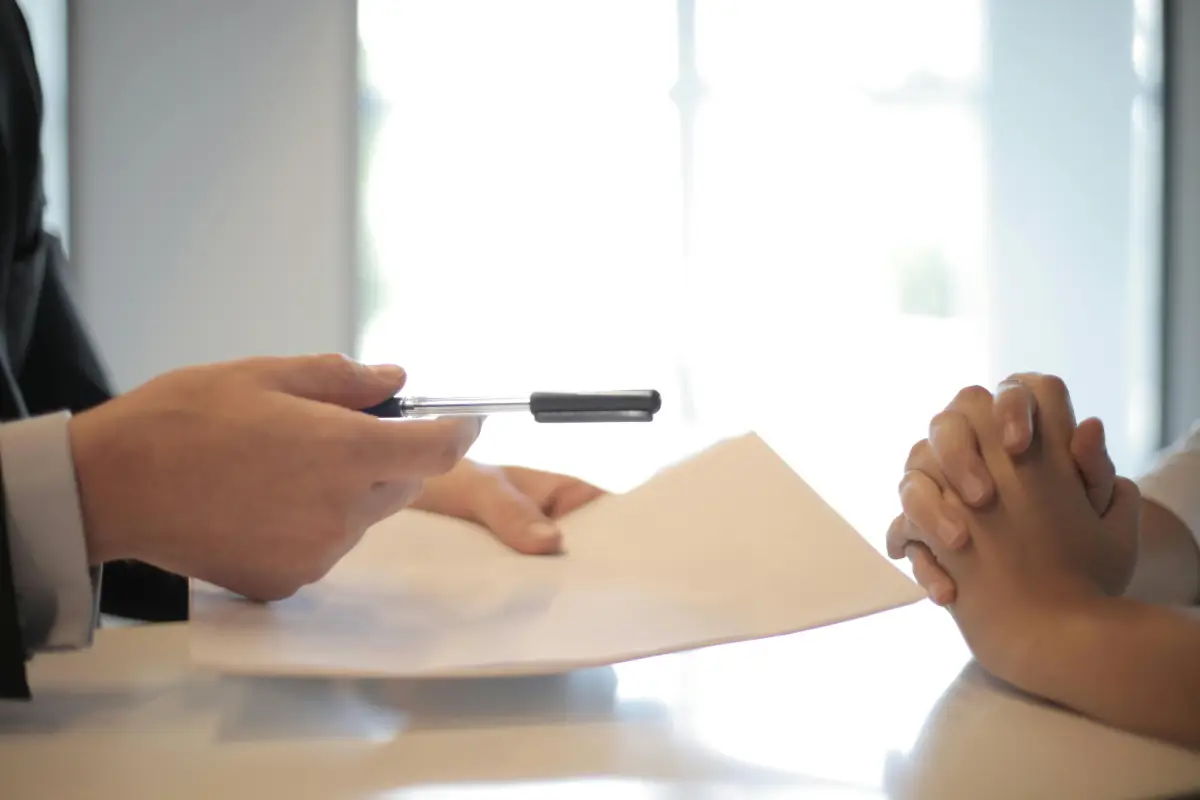
Research by the Centre for Economics and Business Research has indicated that a typical parent of a child born last year is expected to spend £231,843 (*1) raising their child to the age of 21, a massive increase of 65% on the typical cost in 2003. That’s a daunting prospect and it’s the wise parent who takes the decision to start saving for their child from the earliest stage possible.
Parents can expect to spend over £70,000 on childcare and babysitting alone, with a further £74,000 to be spent on expenses related to education including uniforms, school meals, text books and school trips.
Every parent wants the very best for their child and the cost implications don’t diminish once they’ve left school. There’s the cost of further education to consider and estimates suggest that most graduates leave university with debts in excess of over £30,000.
Even if your child doesn’t go to university, you may want to help them with a contribution towards the cost of their first home and with the average cost of a house in the UK at around £284,000 (*2), it could well mean a 5% deposit of at least £12,500.
So that’s the bad news! These findings make it clearer than ever that starting a child’s saving plan for your loved one should be high on your list of financial priorities for this year. The good news is that just a little planning on your behalf can help you identify the savings options available to you and why the start of a new tax year is a significant factor.
The new tax year presents you with new saving opportunities for child saving plans
The new tax year begins on 6th April each year and provides the perfect time to start thinking about opening a child savings plan.
Multiple changes
At the beginning of each tax year multiple changes, which are introduced by the Chancellor during his previous budget announcements, are usually implemented and allow you to access a range of new and usually innovative saving opportunities.
New tax allowance
The annual allowance for the Junior ISA is reset each year and for the 2025/26 tax year the allowance is £9,000.
Start a fresh
Just like New Year resolutions the start of the new tax year allows you to start a fresh with your finances and many people use this time of year to get their finances in order.
Choosing the right child’s saving plan for you and your child
Once you’ve done a careful analysis of your current income and outgoings, and identified a sum of money you can comfortably afford to put away each month to start a child’s saving plan, the next step is to explore the pros and cons of the various savings routes available to you.
Important things to consider include:
- Am I going to save a small amount each month or invest lump sums as and when I can?
- Do I open a current account with a bank or building society or open a child’s saving plan?
- How flexible is the child’s saving plan? Can I adjust my monthly investments to suit my changing circumstances?
- Can anyone else such as grandparents contribute to the savings plan?
- Which option offers me the best rates (interest or bonus) on the savings and how easy is it to access the cash as and when needed?
Children’s bank or building society account
The traditional method of building child’s saving has been by opening a bank or building society account. Although most banks and building societies will let children open savings accounts from the age of 7, children’s current accounts are usually only available to children aged from 11 to 18 and some banks only offer them to children who are aged 16 or older. Accounts such as these are a useful way to get children into the savings habit and to help them understand the way that banking and savings work.
Junior ISAs
Junior ISAs (JISAs) were introduced in 2011 and were designed to offer a tax-efficient method of saving for a child’s future. They were launched to replace the Child Trust Fund (CTF) and any child who doesn’t already have a CTF in their name is eligible for a Junior ISA.
What makes the Junior ISA such a sound investment choice for child’s saving is that there’s no tax to pay on the growth in the plan (you may wish to add something which relates to the growth under a Stocks & Shares ISA which would not receive ‘interest’) or on the final lump sum, meaning that the money really does work harder.
Every eligible child who is under the age of 18 and lives in the UK has their own annual Junior ISA allowance and the maximum that can be invested each year is £9,000 in the 2023/24 tax year. Money invested in a Junior ISA can be held entirely in a cash ISA, a stocks and shares ISA or any mixture of the two.
Junior ISAs have to be opened by the child’s parent or guardian but anyone (grandparents, relatives and family friends) can invest in the plan at any time, making this savings opportunity an ideal alternative when it comes to birthdays or Christmas.
If your child does already have a Child Trust Fund in their name, the money saved in this can be transferred over to a new Junior ISA.
The child gets the option to take control of the savings account when they reach age 16, then at 18 years the Junior ISA is automatically converted to an adult ISA and they are entitled to the funds.
It is also worth noting that when the child reaches age 16, they can also open an adult cash ISA, so for a couple of years your child can in fact benefit from two sets of ISA allowances – junior and adult.
Stocks and Shares or cash ISA?
While it’s important to start saving as early as possible in your child’s saving plan, it is also important to view the savings as a long-term project with your child’s future in mind. Assuming you will be investing in the plan for quite a number of years, evidence suggests that a Stocks and Shares ISA may well produce a better level of return than a pure Cash ISA (*3).
As an example, even if you were to contribute as little as £50 a month to a Junior ISA savings plan over a period of ten years, an annual bonus rate of 5% could give the child just over £1,200. A useful start for your loved one!
The motto is: Start saving early and make the most of the available tax-efficient options to make your precious savings grow faster!
Sources:
1. LV= (A study conducted by Centre of Economics & Business Research)
2. Office of National Statistics
3. Moneyfacts.co.uk


